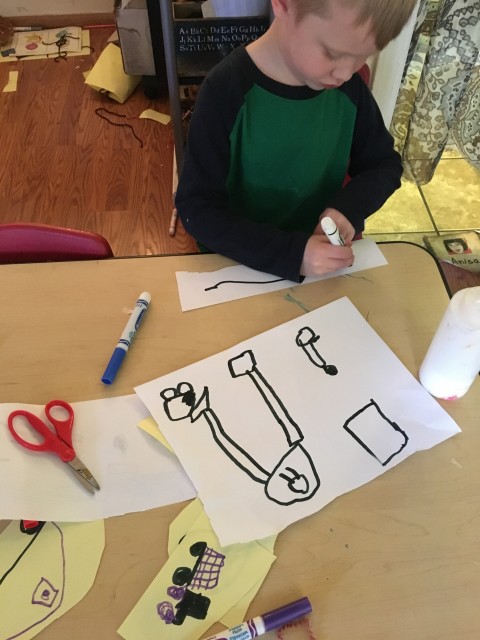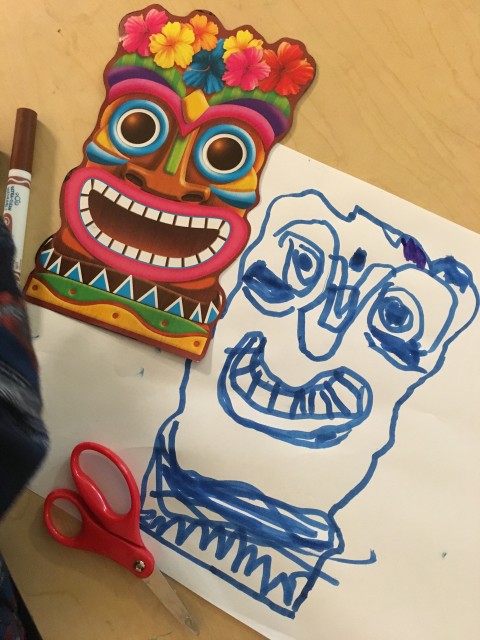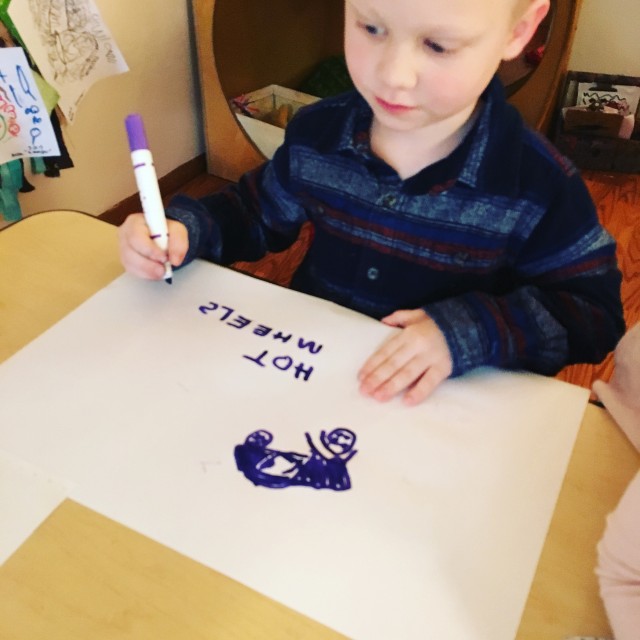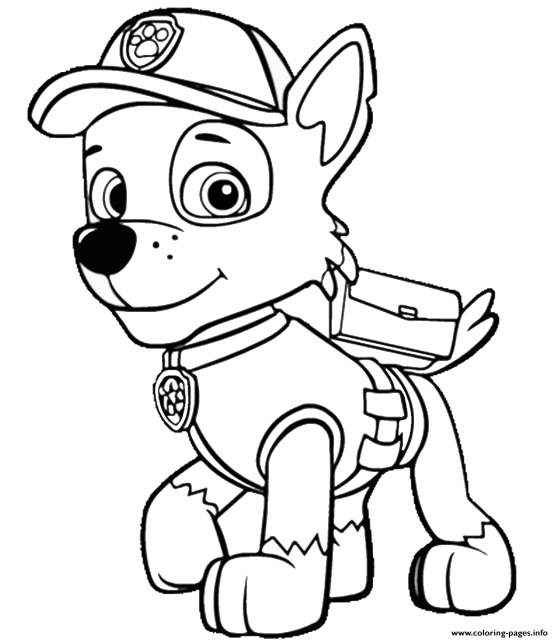Art Our Way
Art Our Way
Shared from Extension.org
During the preschool years, many children show tremendous growth in their creative art abilities. Child care providers can support children’s artistic development by planning art activities that encourage preschoolers’ developing art skills. Here are some basic milestones in preschoolers’ art development:
Art for 3 and 4 Year Olds
By age 3, many children are learning to better control their hand and wrist movements. They are making forms and objects that are almost, but not quite, recognizable to adults. Circles, lines and crosses are always popular forms. Some 3 and 4 year olds may begin naming their drawings. In the middle of drawing, a child may look and say something like, “This is a truck,” or, “This is Mommy.” Naming artwork is a big step that shows the child has begun to think in terms of mental pictures. It doesn’t matter that the drawing has little or no resemblance to Mommy. What matters is that the child has discovered that drawing is more than just something physically fun to do. It is also a way to communicate ideas.

This was one of Gabe’s drawing when he first started coming to Bright Beginnings .
Art for 4 and 5 Year Olds
By age 4, some of these forms have taken shape and adults can identify them as people, houses, cars or whatever the young artist intended to draw. Typical drawings at this age are pictures of people consisting of large heads that appear to have arms and legs growing out of them. There is usually little evidence of relative size in these drawings. Tiny legs sprout out of huge heads. A drawing of a butterfly may be twice as big as a dog.
Whatever is most important to the child at the time gets the biggest play on the page; what is not important may simply be left out. That’s why youngsters may leave out fingers, necks or other body parts. It’s not that children don’t notice that people have fingers; it’s just that fingers are not important to them at the time they are drawing.
During this stage, children may find colors very exciting. Children are not concerned with realistic color representations. They just like to use color. One child may make everything on the page red. Another may use every color in the box on one drawing. Child care providers should not require children to use certain colors or try to read any deep psychological meanings into a child’s choice of colors.

This picture was a little later in our year.
Art for 5 and 6 Year Olds
Five-year-olds begin including more real-life elements into their pictures, and between the ages of 5 and 6, children become much more concerned with their creations and want to keep them. Before this time, most children are interested in the sheer fun of doing an art activity, rather than the quality of their products.


These two drawings were today. Do you see the growth in his skill and creativity . The only ” teaching ” was allowing Gabe the extended time and the opportunity to explore in the art area.

If I used coloring sheets instead of white paper all we would find out is when Gabe’s fine motor skills are good enough to stay in the lines and whether he would chose to color his dog a traditional color.
I’ll chose creativity over staying in the lines.
